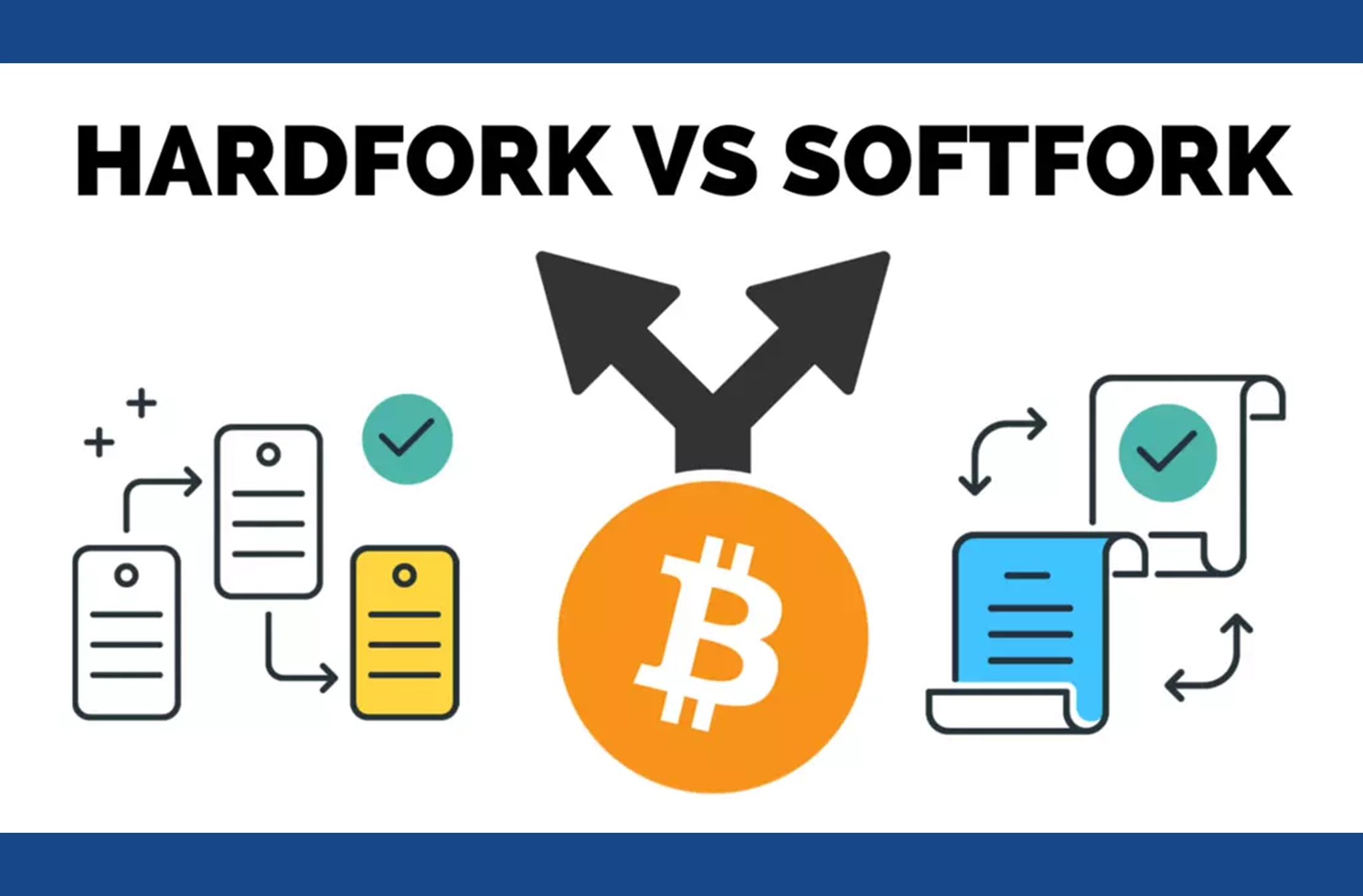Dec 7, 2022

What is forking in Blockchain? Differentiating hard and soft forks with examples.
In this article, we will discuss the forking in the blockchain. We will first explain what forking means; then, we will differentiate between hard and soft forks. After that, we will provide examples of both kinds of knives.
What is forking?
In general terms, forking means taking a project in one direction and creating a new project that is different from the original. In the context of blockchain, forking can happen at two levels- the protocol level or the code level. At the protocol level, a fork can be defined as a change in a blockchain network's rules. These changes can be made to the consensus or transaction validation rules. A fork can also happen at the code level, which refers to a change in the underlying code of a blockchain project. Changes at the protocol level can be further categorized into hard and soft ones. We will discuss both of these in detail below.
Hard Fork:
A hard fork can best be explained with an example. Let's say that the current rules of the Bitcoin network state that a block can only be up to 1 megabyte. However, some users want to increase this limit to 2 megabytes to allow more transactions to be processed per block. This would require a hard fork because all network nodes would need to upgrade their software to enforce the new rules. If just one node doesn't upgrade, it will become invalid, and the rest of the network will not recognize any transactions it processes.
Soft Fork:
A soft fork can also be explained with an example. Let's say that currently, the Bitcoin network only allows for single-signature transactions. However, some users want to introduce multi-signature transactions that would require multiple signatures to be valid. This can be done through a soft fork because the new rules would still be compatible with the old rules. That means that nodes that have not upgraded their software will still be able to process transactions, and they will see them as invalid. However, all nodes that have upgraded their software will recognize the new transactions as valid.
Examples of Forks:
One of the most notable examples of a fork is the Bitcoin Cash hard fork that occurred on August 1st, 2017. This fork was created to increase the block size limit from 1 megabyte to 8 megabytes. This resulted in two separate Bitcoin networks - Bitcoin (BTC) and Bitcoin Cash (BCH) - that are now incompatible. Another example of a fork is the Ethereum hard fork that occurred on July 20th, 2016. This fork was created to reverse the transactions of the DAO hack. The DAO was a smart contract on the Ethereum network that was hacked and lost around $50 million worth of Ether. The hard fork resulted in two separate Ethereum networks - Ethereum (ETH) and Ethereum Classic (ETC) - now incompatible.
Conclusion:
Forks can be hard or soft and occur when a blockchain network protocol changes. Hard forks result in two separate and
incompatible networks, while soft forks only result in one. There have been many notable examples of forks in various cryptocurrency networks, notably Bitcoin and Ethereum.
Best
Discover the best practices of building best product experience from millions of ready-made product graphs or build one yourself.

Intelligent
In-depth intelligence of products in the form of product stories help in achieving quality, automation and efficiency in new and existing product implementations.

Augmented
Improve and augment end to end product selection, development, integration, and operation with detailed information and AI copilots.


